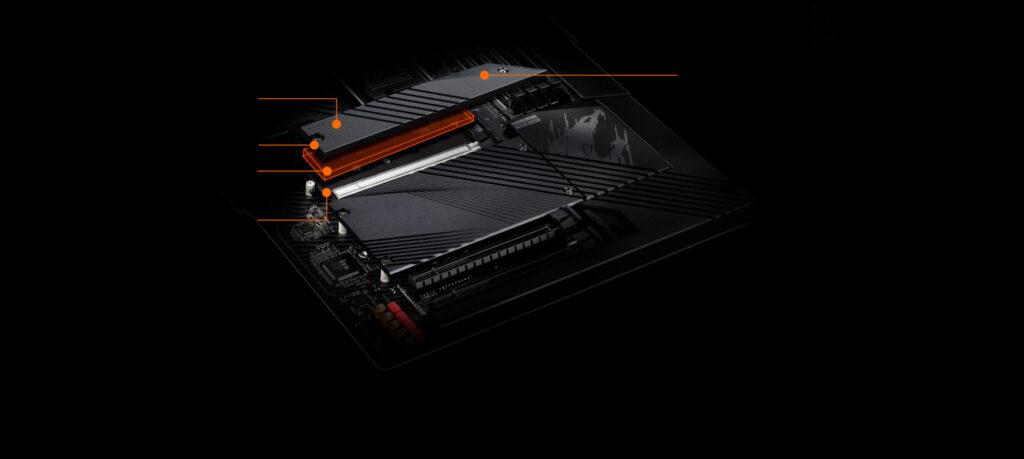
Fifteen years ago, investing in a high-quality motherboard could significantly enhance system performance due to superior memory controllers and additional features. Today, however, the situation has changed as memory controllers are now integrated into processors, reducing the impact of motherboard chipsets on overall performance. Modern budget motherboards are often more than sufficient for most users’ needs.
For instance, AMD’s B650 and X670 chipsets mainly differ in PCIe channel count and support for SATA and USB connections. The more expensive versions only offer additional PCIe 5.0 lanes for primary slots, which may not be necessary for everyone. A budget motherboard with a B650 chipset is likely adequate unless AMD decides to phase out the AM5 socket sooner than expected.
Similarly, Intel’s more affordable motherboards offer high-quality voltage regulators (VRMs) that ensure stable and clean performance, crucial for maintaining optimal CPU clock rates. These VRMs are well-suited to handle most CPUs without overheating, making budget boards a viable option.
High-end motherboards often feature integrated technologies such as Thunderbolt 4, USB 4, PCIe 5.0, and 10 Gigabit Ethernet, which might be overkill for many users. Extra features like multiple M.2 slots or advanced VRMs may not provide significant added value for the additional cost. Additionally, if you’re building a compact mini-ITX PC, a smaller, specialized motherboard may be more appropriate. Integrated audio solutions and Wi-Fi 6 or 6E are usually sufficient for most users, with more advanced options like Wi-Fi 7 being less critical at this stage.
Carefully evaluating the quality of VRMs and ensuring that all necessary connections and functions are present is essential when choosing a budget motherboard. Reading reviews and user experiences can help you avoid less reliable products, ensuring you get a solid foundation for your PC build without unnecessary extras.




